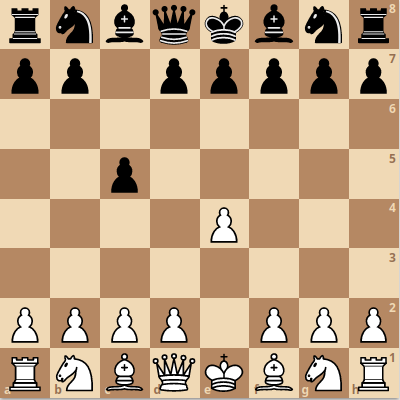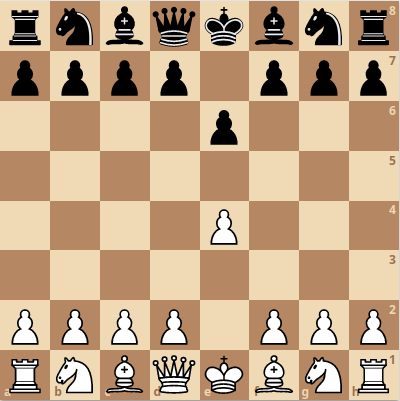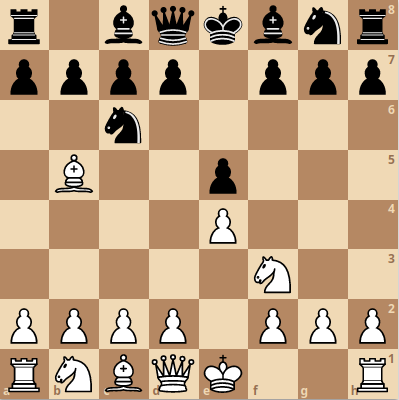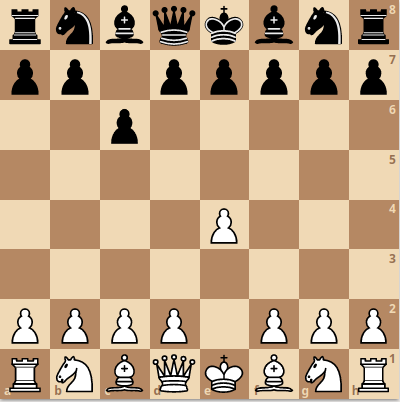Notes on chess
Chess has no social purpose. That, above all, is important - Marcel Duchamp
Chess is a recreational and competitive board game played between two players. Sometimes called Western or international chess to distinguish it from its predecessors and related games such as xiangqi, the current form of the game emerged in Southern Europe during the second half of the 15th century after evolving from similar, much older games of Indian and Persian origin. Today, chess is one of the world’s most popular games, played by millions of people worldwide at home, in clubs, online, by correspondence, and in tournaments.
It is an abstract strategy game and involves no hidden information. It is played on a square chessboard with 64 squares arranged in an eight-by-eight grid. At the start, each player (one controlling the white pieces, the other controlling the black pieces) controls sixteen pieces: one king, one queen, two rooks, two knights, two bishops, and eight pawns. The object of the game is to checkmate the opponent’s king, whereby the king is under immediate attack (in “check”) and there is no way to remove it from attack on the next move. There are also several ways a game can end in a draw.
Openings
The Sicilian Defense
A popular opening to answer 1.e4. Black takes control of d4 with a pawn from the side. This imbalances the position and avoids giving White a central target.

French Defense
White moves to 1.e4 with Black responding with 1.e6, preparing to counter White with a 2.d5 pawn. Black light-squared bishop remains blocked in this opening, but allows for a solid pawn chain and counter-attack formation.

Ruy López Opening (Spanish Game)
1.e4 e5 2.Nf3 Nc6 3.Bb5
White moves Bishop to b5 creating pressure on the Black Knight c6 occupying the center. Can allow White to develop rapidly and castle quickly with this opening, but Black still has a large number of defenses it can choose from.

Caro-Kann Defense
A solid, quiet opening. White moves e4 and Black responds c5, ready to support the move d5 to challenge e4.
